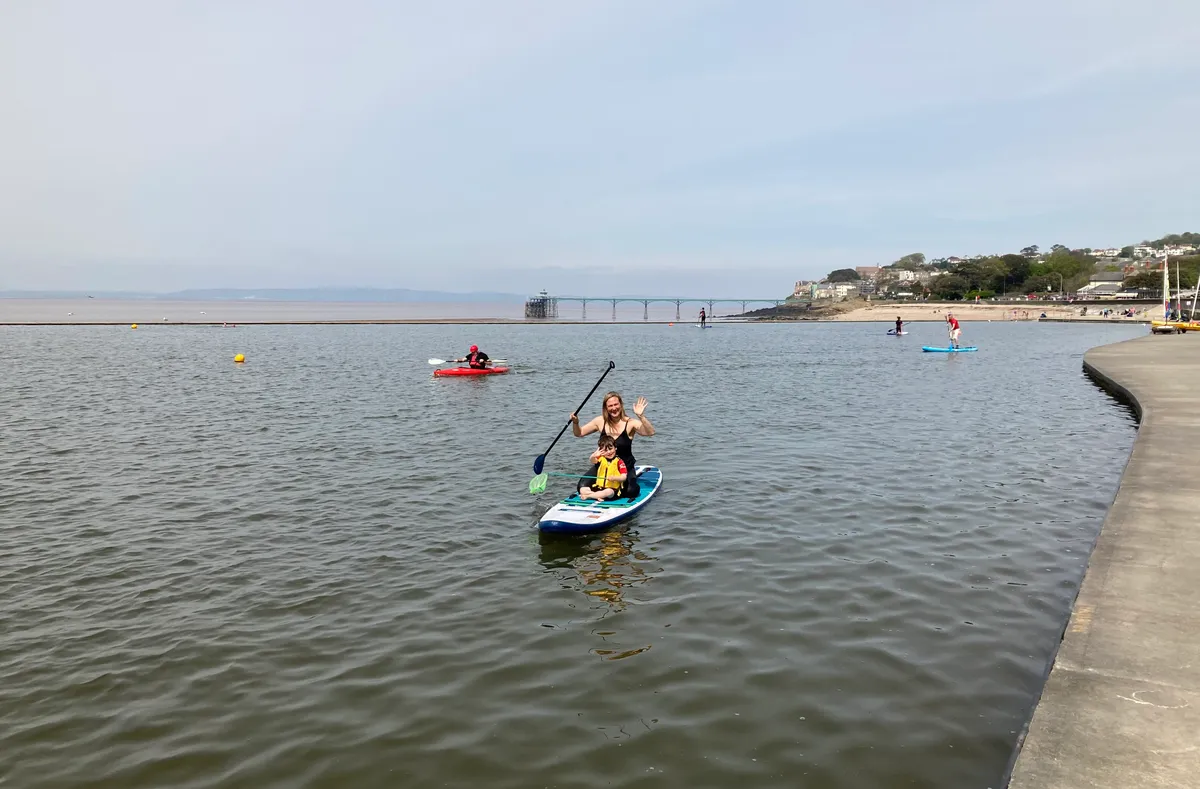Britain is uniquely blessed with thousands of miles of coastline, rivers and lakes, and stand-up-paddleboarding is a wonderful way to explore our waters. And we're not the only ones who think so – it's the UK's fastest growing watersport, with participation in recent years growing by as much as 300%.
But what exactly is it, and why is it so popular? We answer all your questions in our expert guide.
- What is stand-up paddleboarding?
- Pros and cons
- What gear you need
- What to wear
- How to do it
- Where to paddleboard
- What are the risks?
What is stand-up paddleboarding?
Stand-up paddleboarding (SUP) is an increasingly popular watersport that involves a large board and a paddle. Paddleboarders stand up (hence the name) on their boards, propelling themselves forward by pulling their tall paddles through the water. Although this full-body activity requires balance, strength and coordination, it is relatively easy to do, contributing to its widespread appeal. The mass production of cheap boards has also made the sport very accessible.
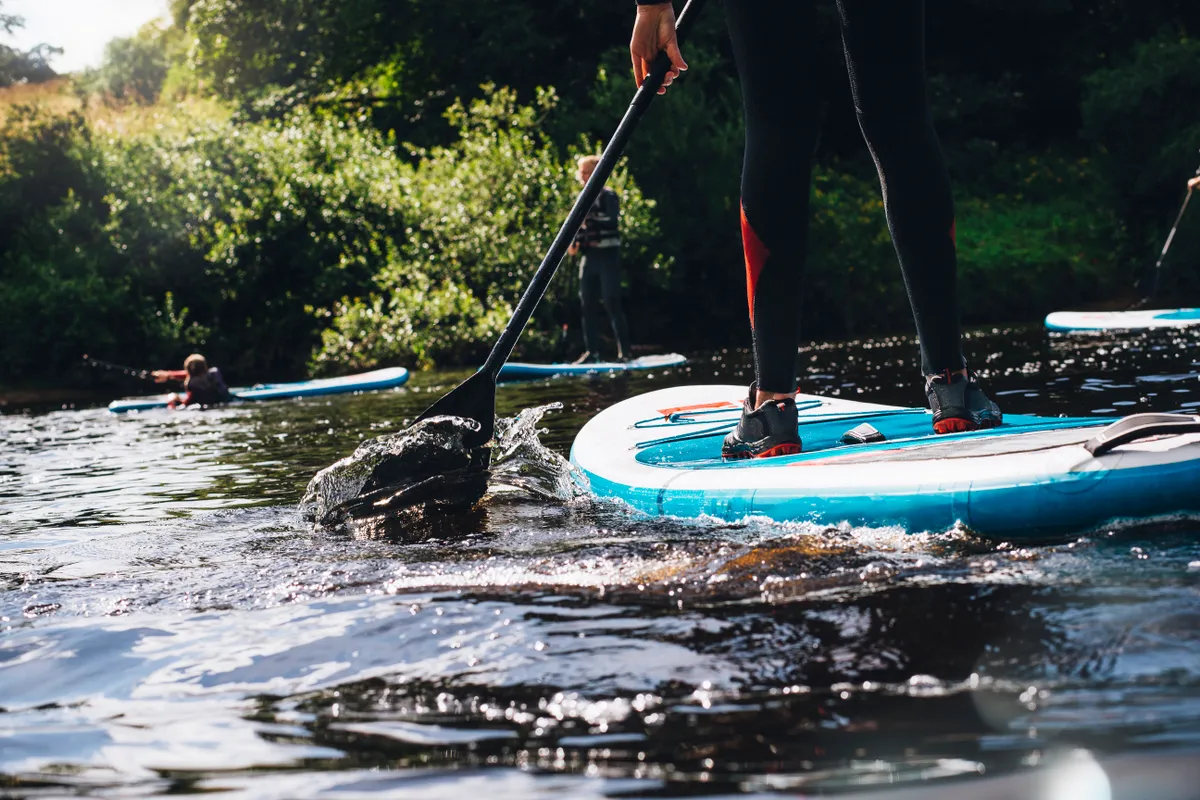
However, its popularity can also prove problematic. There has been a rise in serious accidents involving paddleboards, often due to inexperienced users encountering difficult conditions. As a result, it is important to know your way around a paddleboard, and to make yourself familiar with any body of water you choose to venture out on.
Benefits of SUP
Paddleboarding offers a range of fantastic physical and mental health benefits, from developing your core stability and balance to relieving stress and allowing you to immerse yourself in nature. Paddleboards can drift quietly along waterways that are inaccessible to larger craft, and be easily hauled in and out of the water. It’s an affordable activity with relatively little gear – just a board, paddle and lifejacket – making it transportable and fairly easy to store, if you have an inflatable board.
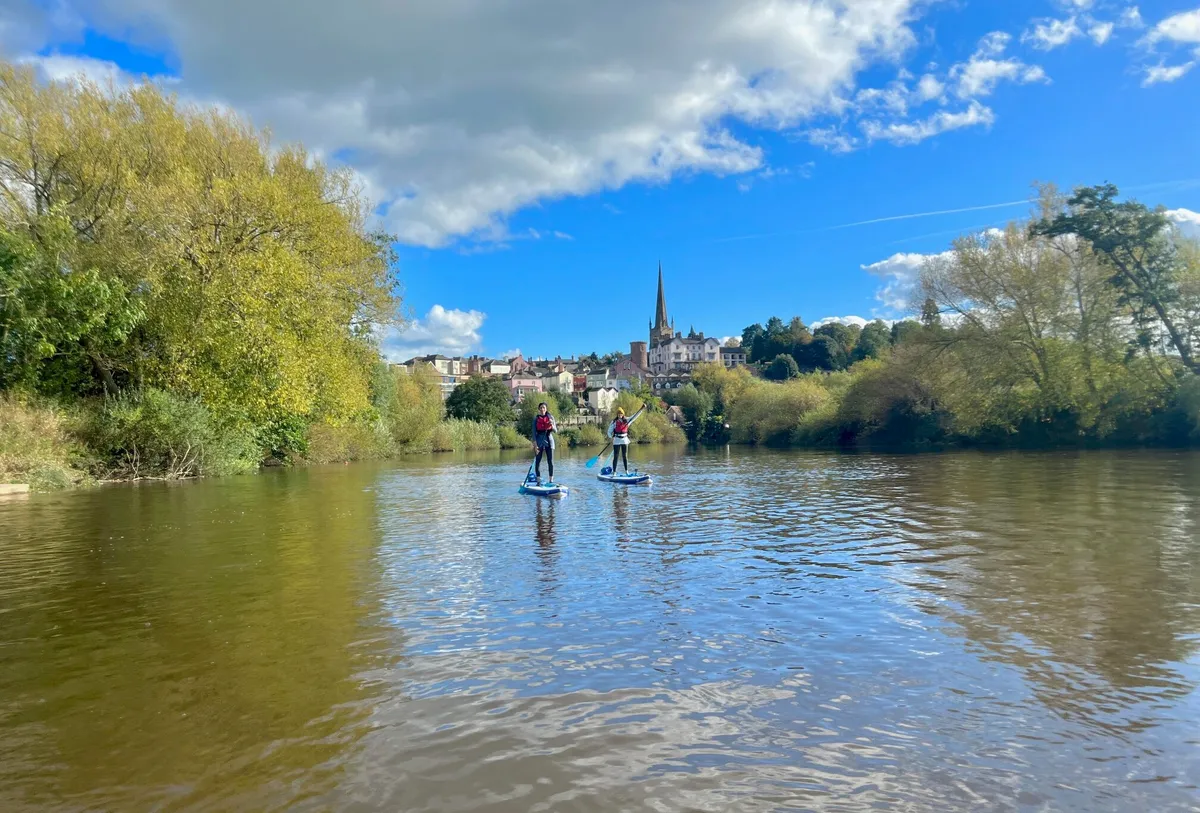
Disadvantages of SUP
Paddleboarders have been accused of causing damage to the environment and disruption to wildlife, due to their ability to access shallow waters, small coves and protected riverbanks that usually out-of-bounds to boats and walkers. There have also been accidents on SUPs. In October 2021, four paddleboarders lost their lives on the River Cleddu in Haverford West after becoming trapped by the hydraulic towback of the weir.
More related content:
© Getty
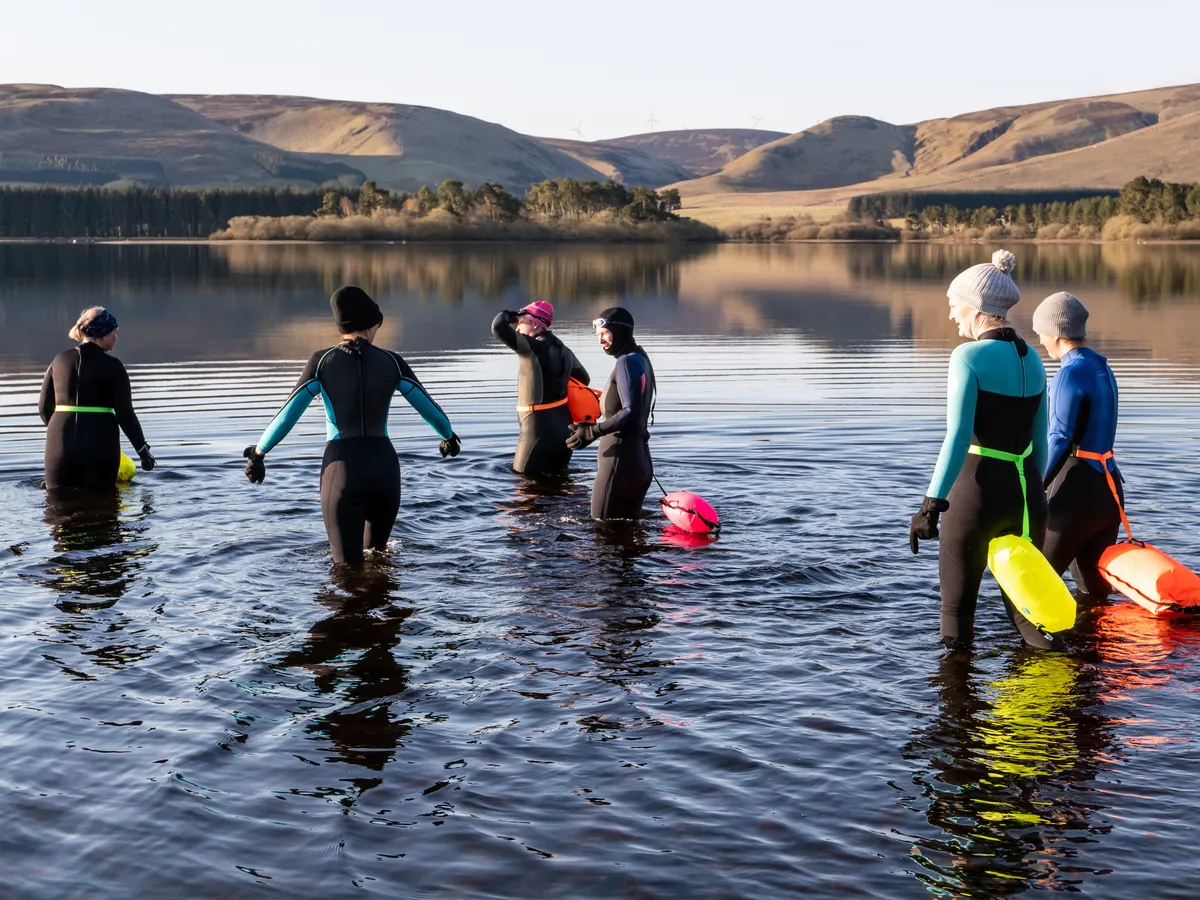
Do I need a licence to paddleboard?
Not in the sea, possibly on lakes, probably on rivers and definitely on canals. Most waterways are managed by authorities that require a licence for craft - including stand-up paddleboards - on the water. If you live in England, you can buy a £45 'On the Water' licence from British Canoeing, which works in partnership with all the waterway authorities, including the Canal and River Trust, the Environment Agency and the Broads Authority, to cover 4,500km of waterways. In Wales and Northern Ireland, paddlers can join Canoe Wales and the Canoe Association of Northern Ireland respectively. Scotland has a "right to roam" so no permit is required.
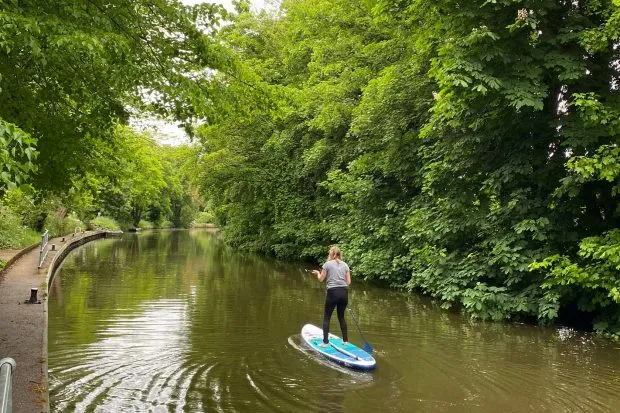
If you try paddleboarding with a club, they will arrange a licence for you. The Canal and River Trust also offers day permits for paddlers, or short-term licences for one week or one month, or the '30 day explorer' licence, which allows 30 days of use at any time over a year.
Paddleboard equipment
The basic kit for paddleboarding is fairly straightforward: board, paddle, leash and fin.
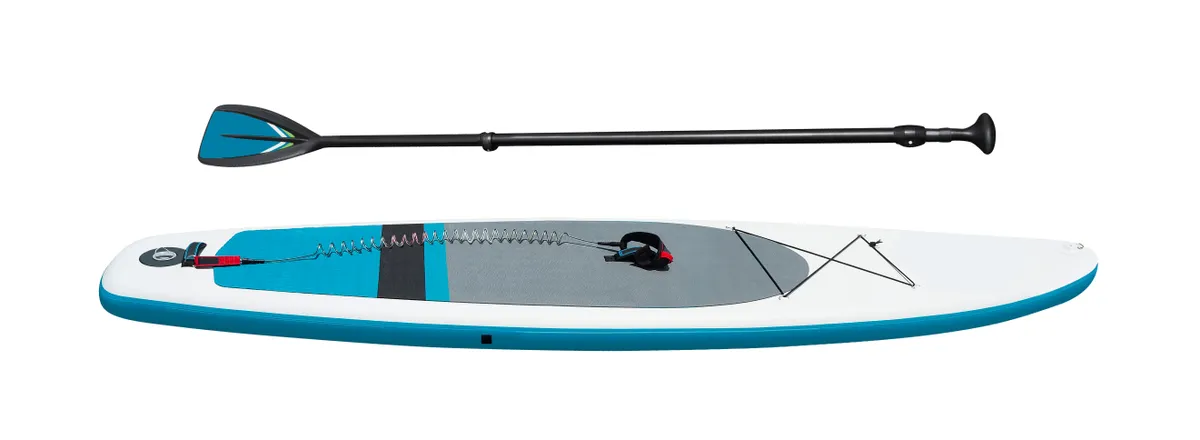
Boards
Paddleboards fall into two main categories: solid or inflatable.
Solid hardboards consist of a foam core wrapped in fibreglass and epoxy resin. They do not fold down and they are more suited to racing or surfing, rather than leisure.
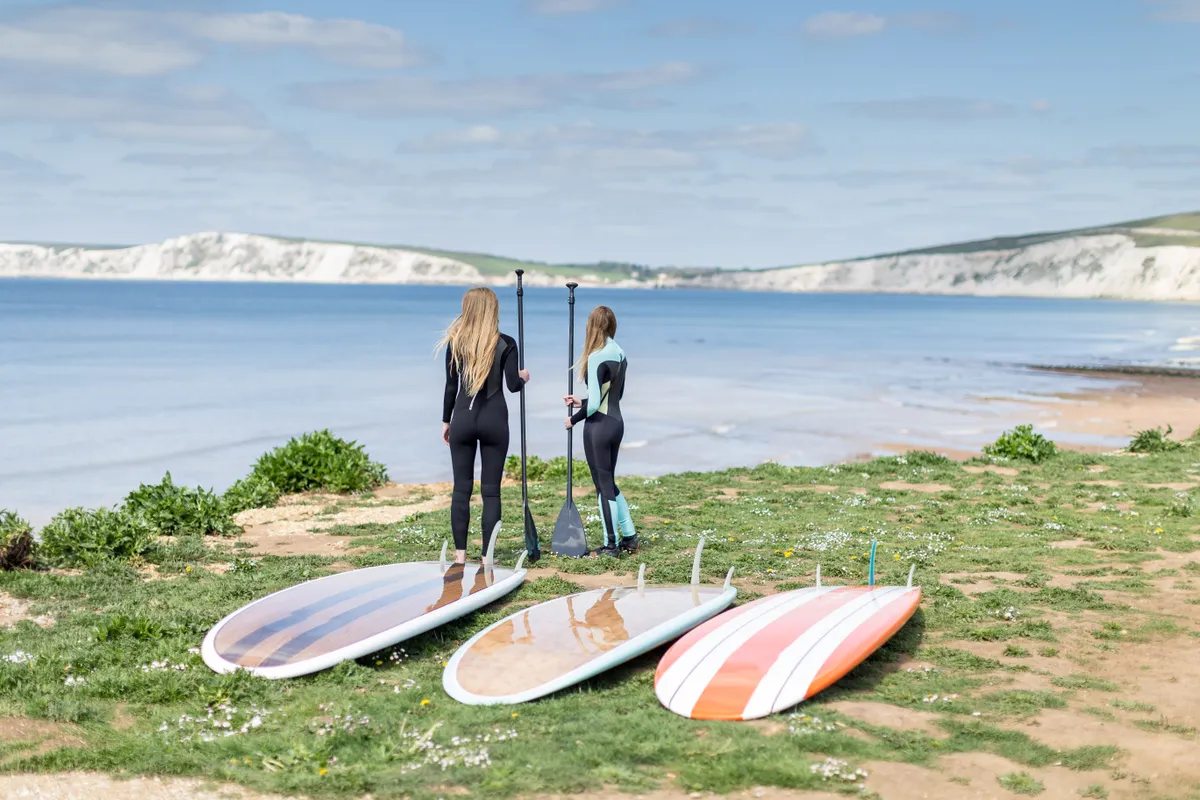
Inflatable paddleboards are pumped up by hand or using an electric pump. They can pack down into a backpack, making them convenient if you are short of space or want to carry your paddleboard to remote locations. Inflatable boards are often the best option for beginners, because they are softer, larger and more stable than most solid boards.
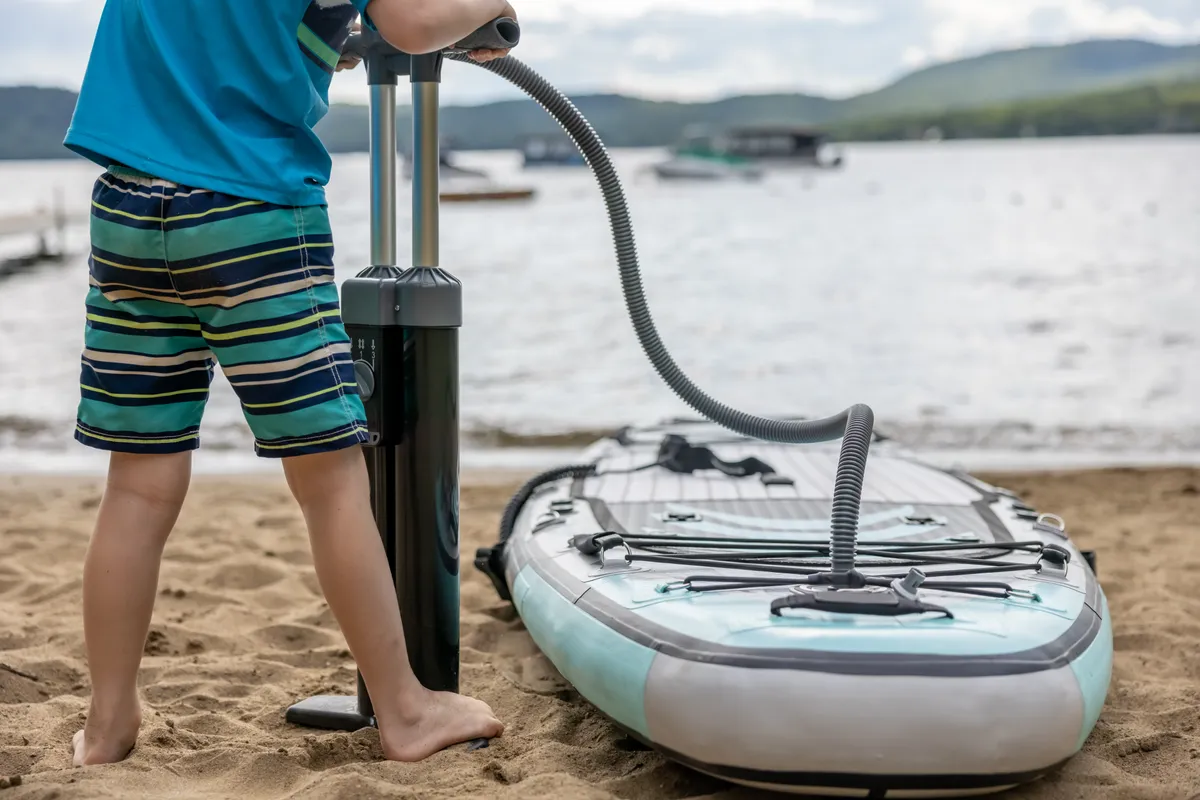
A common mistake people make is under-inflating their board - for the best paddleboading experience, make sure your board is fully pumped up (which is hard work, if using a hand pump). Most inflatable boards are sold with bag and pump included.
Paddleboards range dramatically in price, from under a hundred pounds to over a thousand; the amount you spend depends on how extensively you plan to use your board – are you looking for a long-distance touring paddleboard, or a board for fun outings on your local lake?
Paddles
Once you’ve found a board within your price range, you need to work out the right paddle size for you. Paddles are usually extendable, to adapt to the height of the user. A handy (haha) method is to adjust the length of the paddle until you can comfortably grip the handle with an upward outstretched arm.
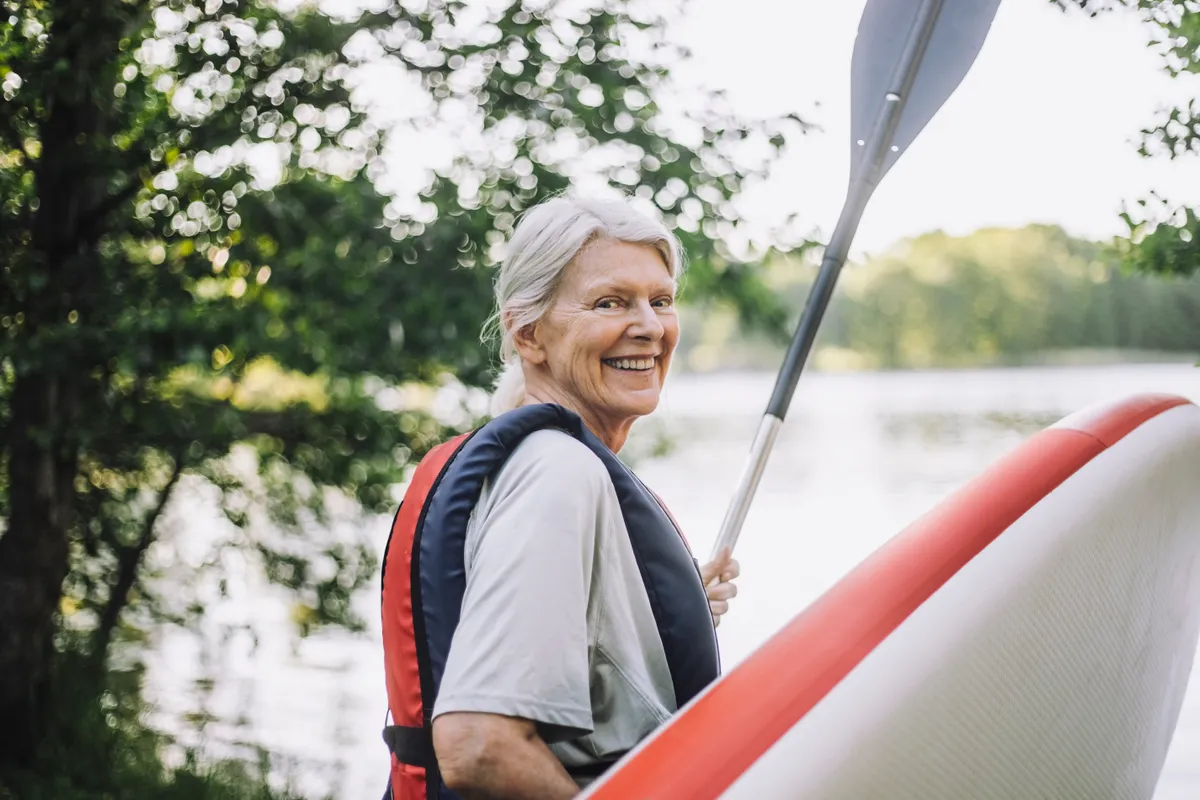
Leash
A leash attaches you to your board, ensuring that it always stays nearby. Many people attach the leash to their preferred ankle, similarly to surfing. However, from a safety point of view, paddleboarders are increasingly being urged to wear a quick-release leash around their waist instead so that it can be undone rapidly in the event of an accident. If a board is trapped underwater, it can be hard for paddlers to reach their ankles, whereas a waist leash is easier to remove.
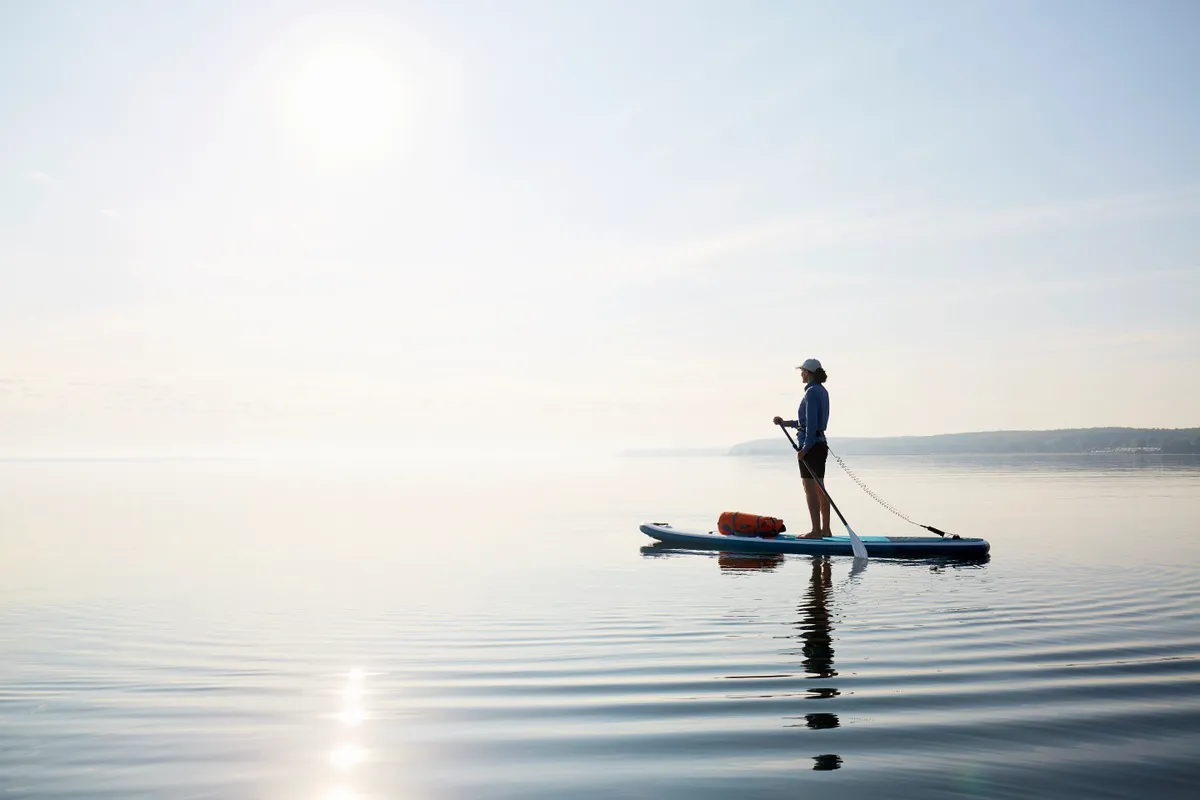
Fin
Fin are crucial as they create stability and direction. Various fins offer different levels of manoeuvrability. Most boards will come with a fin - just don't forget to attach it to your board before heading out on the water! You can often adjust the fin's position, depending on whether you want to stay tracking in a straight line, or if you want the ability to change direction quickly.
What to wear paddleboarding
What you wear is largely dependent on the season and your ability. Experienced paddleboarders often paddle in their own outdoor clothes in summer since falling in is a low possibility. And if you're not bothered about soggy clothes, an old T-shirt and shorts or quick-dry leggings are fine. However, for beginners it often makes sense to wear a thin wetsuit in case you frequently topple off the board.
Buoyancy aid
You will see lots of people paddling without a buoyancy aid. However, it is wise to wear one, regardless of swimming ability. If you are paddling in moving water (the sea, rivers & estuaries), you should always wear a SUP buoyancy aid. Equally, if you are not a confident swimmer, or are new to paddle boarding, you should wear a buoyancy aid, even when paddling in flat water. Buoyancy aids offer much more flexibility and freedom than a lifejacket, but remember when wearing a buoyancy aid that it should fit firmly to the body with no gaps between the vest and the shoulders.
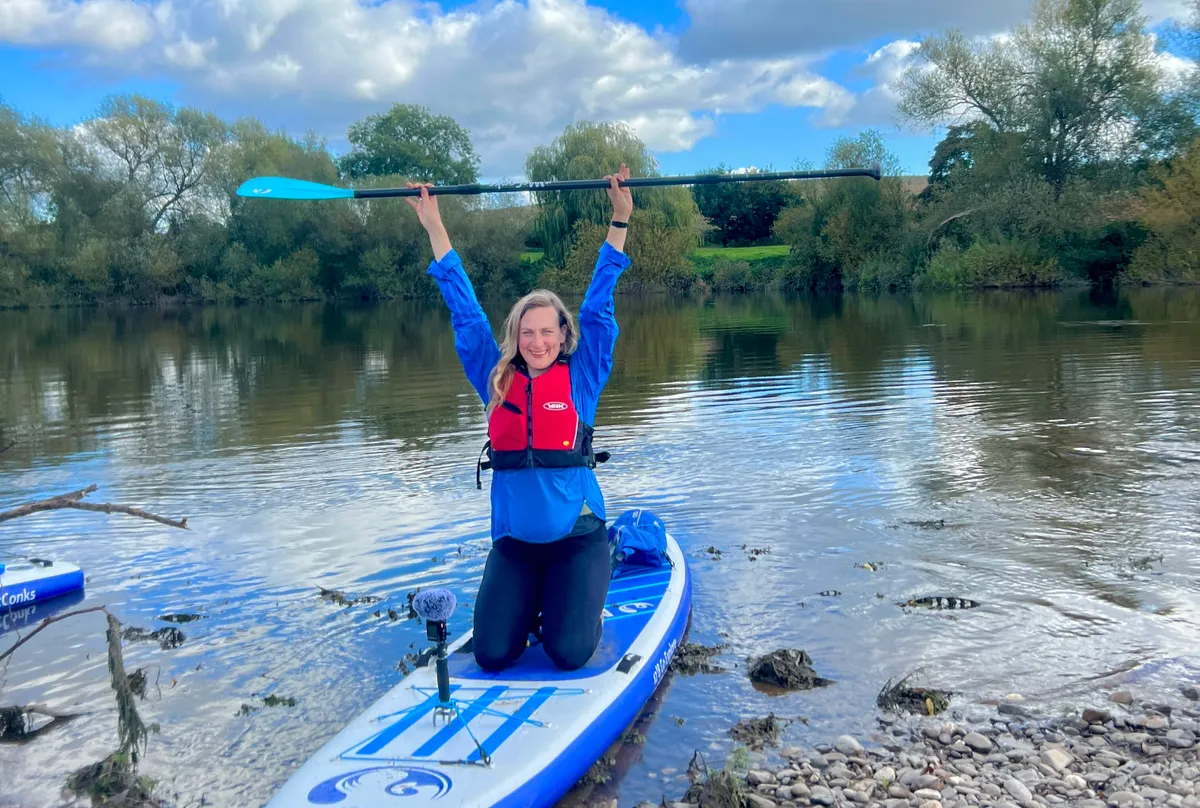
Wetsuit shoes or waterproof shoes
Although some people prefer to paddleboard barefoot (most boards will have a grippy surface), wearing shoes can offer extra grip and stability. This is especially useful if you need to walk with your board on a path or rocks prior to entering the water, but don’t want to take an extra pair of shoes with you. If you don't want to splash out on specialist waterproof shoes, a pair of old lightweight trainers (which you don't mind getting wet, should you tumble in) will do.
Wetsuit
In summer, a short length summer wetsuit will generally be fine in good summer weather, although a full-length summer wetsuit is more suitable for longer paddles, especially if the weather is less favourable. For winter paddles, a full-length winter wetsuit is advisable. Depending on your preference, you can wear a rash vest underneath to safeguard against rashes.
Suncream and/or hat
If you’re SUPing in summer, then you are likely to experience a lot of sun exposure – sun cream prior to setting off is therefore important, and a hat if you want to protect your head further.
Dry bag
Handy for carrying items such as spare clothes, phone, keys and food, if you're on a long-distance paddle.
Water bottle
Keep dehydration at bay. A bottle can usually be held in place by elastic cords on the board for easy access, or stash it in the dry bag.
Dry robe
This is not an essential but a dry robe is a nice extra to wear after a paddle to change in and stay warm.
How to stand-up paddleboard
There are two main ways to paddleboard: paddling on your knees or standing up. Kneeling is a good way to start, helping you to build your balance and confidence. Make sure you are in the middle of your board, in order to balance. Once you are competent at this, you can try standing up and paddling this way, which is faster due to your longer reach.
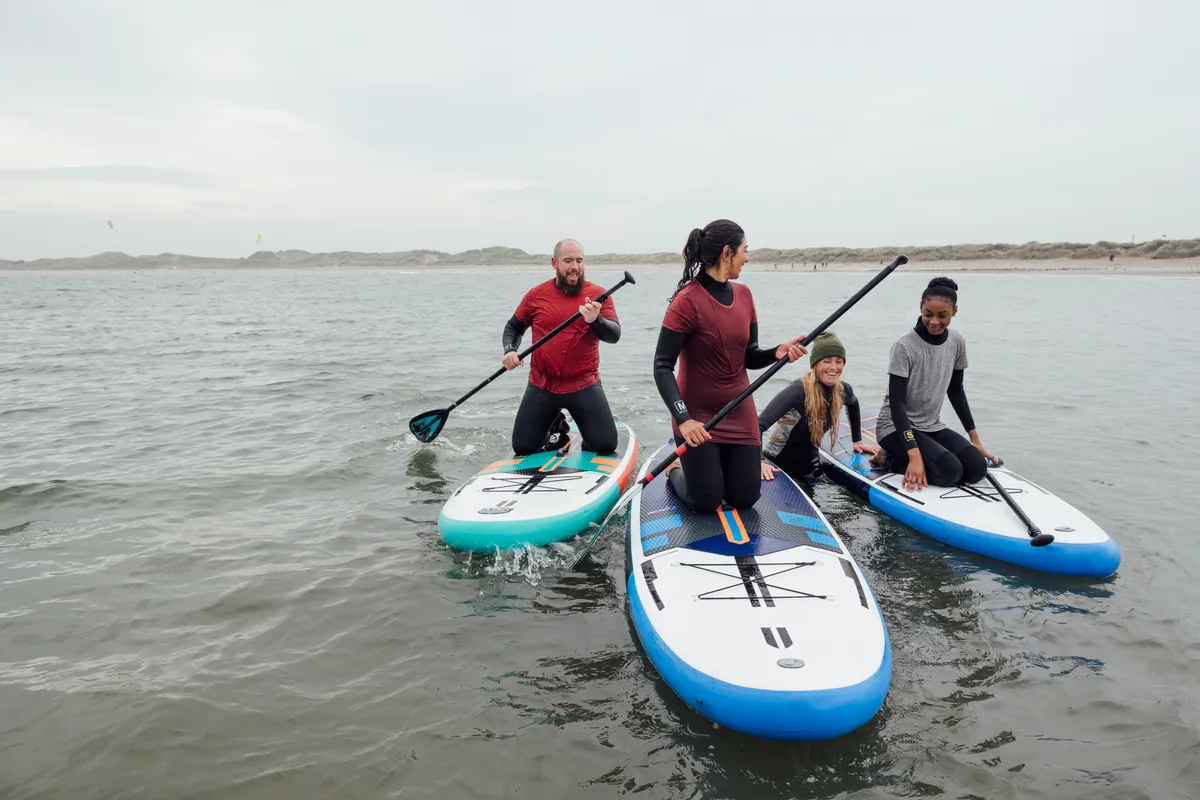
To stand up and get moving:
- Take a few strokes from a kneeling position so you have some board speed – having some forward momentum makes balancing easier.
- Keeping hold of the paddle, you need to get on all fours in the middle of the board.
- Put pressure through your hands for balance and, one foot at a time, plant your feet on the board and rise steadily into a standing position.
- Ensure your feet are around shoulder width apart, with your knees slightly bent to form a strong body position.
- To paddle, take strokes on alternate sides of the board to propel yourself forwards in a straight line, ensuring that your strokes stay close to the board’s outer edge and that you use your full reach for maximum power. Some people argue that switching the paddle from side to side wastes energy and instead advocate paddling on one side by placing the paddle further out at the start, about 30 degrees angled, before pulling it in towards your board and then down along its length. Either way, make sure you involve your core and torso, twisting from the hips and engaging your feet, rather than placing stress on your shoulders alone.
- To turn, reach out far to one side and take an arcing stroke. To reverse, simply do this in a backwards direction.
Don’t expect to do it perfectly the first time – but with practice you should fall in far less often!
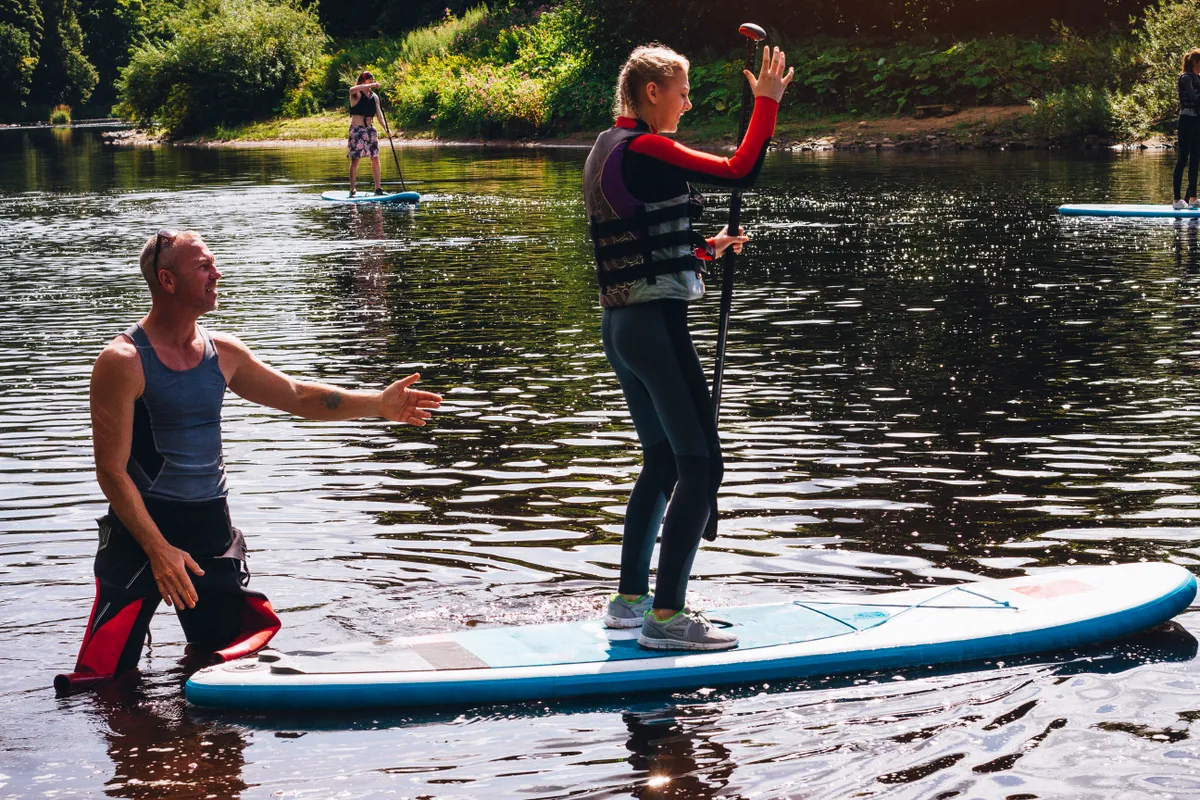
SUP training
Before launching off on your paddleboard adventures, it's worth getting a lesson from a qualified instructor so you can practice safely. There are paddleboard courses across the country. Coaches usually display their teaching credentials - organisations they may have trained with include British Canoeing, BSUPA, Academy of Surfing Instructors, International Surfing Association and WSA.
Where to go paddleboarding
Whether you’re near a beach, an estuary, river or lake, paddleboarding is a versatile activity that allows you to find tranquillity or excitement regardless of your surroundings.
Sea
If you’re by the coast, paddleboarding can offer the opportunity to explore sequences of small coves, allowing you to catch glimpses of wildlife such as seabirds and eye-catching coastal landscapes. These trips are best suited for calm days with light winds, especially when using inflatable boards, which are less resilient in rough conditions than solid boards. The more sheltered your location, the better – bays with their associated headlands act as wind buffers, which can create good paddleboarding conditions. Check out the south coast of Cornwall, such as the Roseland Peninsula, for a tranquil series of bays and coves to explore.
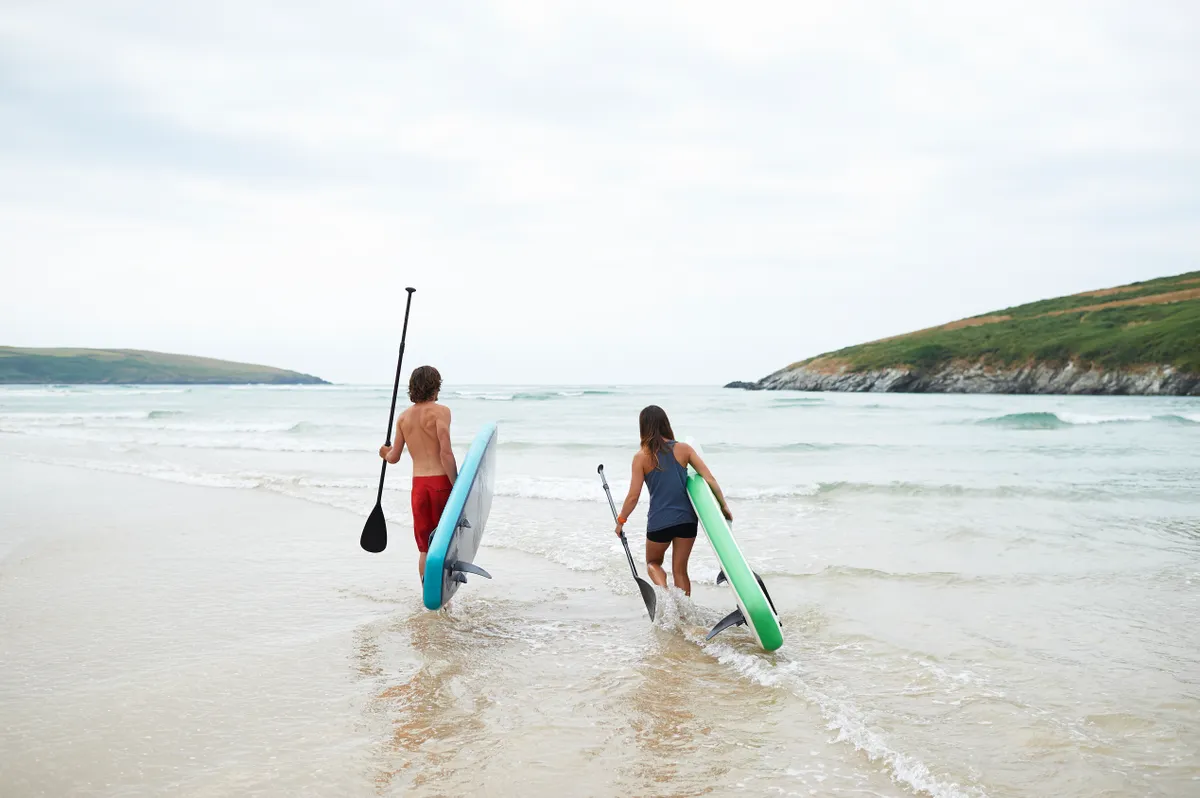
Rivers
Rivers are also a great option for paddleboarding – you can take in the changing scenery as you follow the waters’ natural course as it cuts through the landscape. Cuckmere Haven in East Sussex, featuring the sharply meandering Cuckmere River, is a stunning option and, being cut off from the sea, there are no tides or currents to worry about. Norfolk is blessed with beautiful waterways across the Broads. The Thames, the Wye and the Dart have many spectacular stretches. When choosing a river, make sure it is suitable for your ability – where rivers become estuarine, for example, the estuary may experience large tidal ranges, so conditions can quickly become more challenging during your outing. It’s best to plan out your route in advance, taking factors such as tide into consideration, to ensure that you avoid any difficulties.
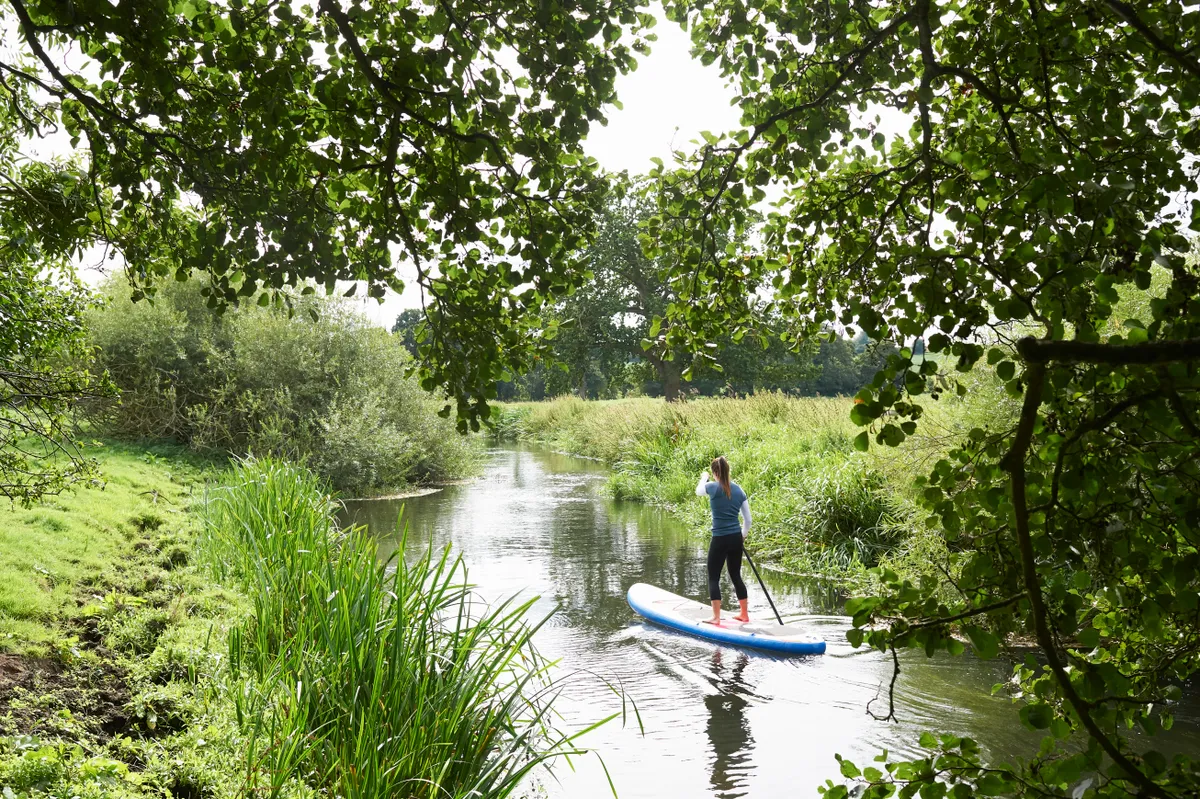
Lakes
Lakes present more a predictable environment for paddleboarding but are no less intriguing and individualistic than other watery landscapes. In Scotland, for example, there are a range of lochs which offer a prime location for paddleboarding, such as Loch Tay in Perthshire, set against the impressive Ben Lawers Mountain range. It’s always optimal to paddle with others in lakes – and all water settings for that matter - due your potential remoteness in the event of any difficulty. Lakes can still be incredibly large (Loch Tay is 15 miles long!) so make sure you understand the dimensions of the body of water before you embark on a paddle.
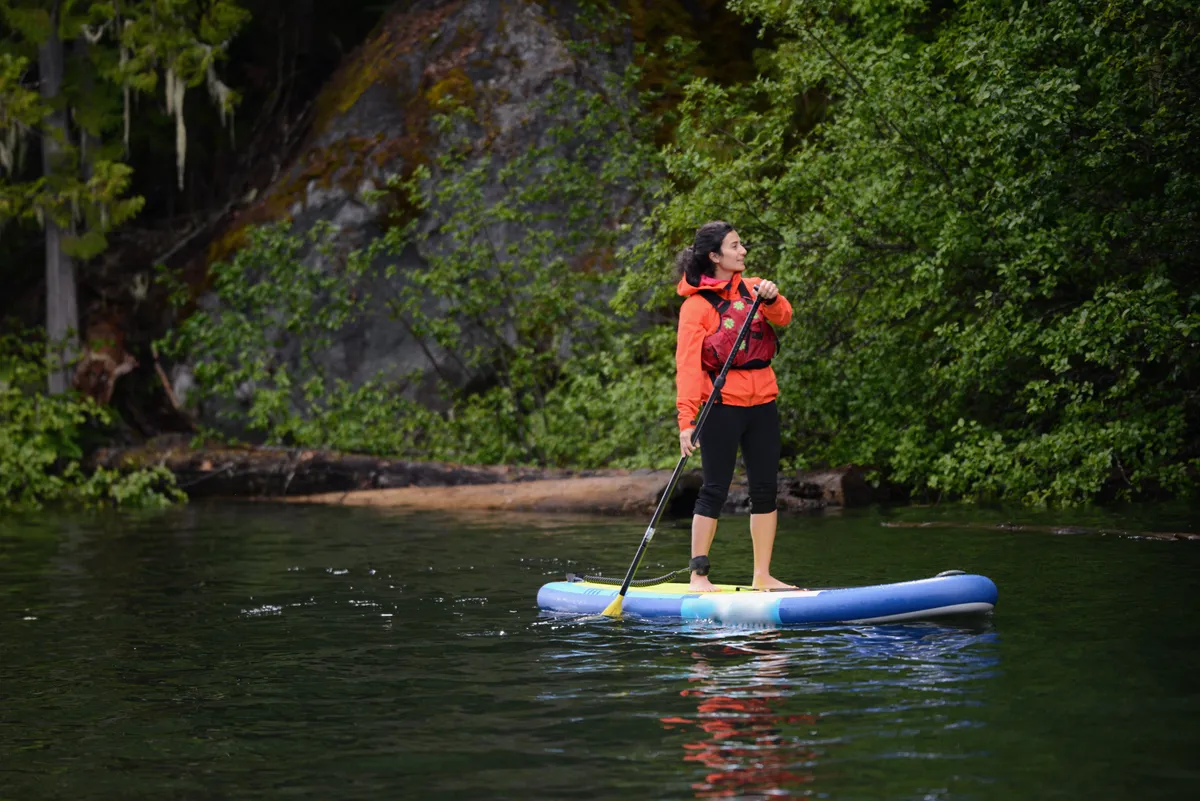
What are the common SUP risks?
As with any activities involving water, it’s important to know the dangers. With paddleboarding, there is every chance you will end up in the water, so be aware of:
- Tides, rips, currents, wind and weather, all of which can pose a hazard to paddleboarders. Check the forecast beforehand.
- Check whether there will be weirs on your journey and whether you can paddle over them or should walk around them. Notice any warning signs before approaching a weir.
- Low temperatures, which can shock the body and even cause hypothermia
- Reeds and plant life, which can get tangled around limbs
- Litter, such as shopping trolleys, which can cause injury or trap feet
- Depth perception – areas can be shallower or deeper than expected, so be cautious when leaping in
- Polluted water and waterborne diseases
And finally...
Enjoy! Paddleboarding is a great opportunity for adventure along Britain's magnificent waterways and coasts.
